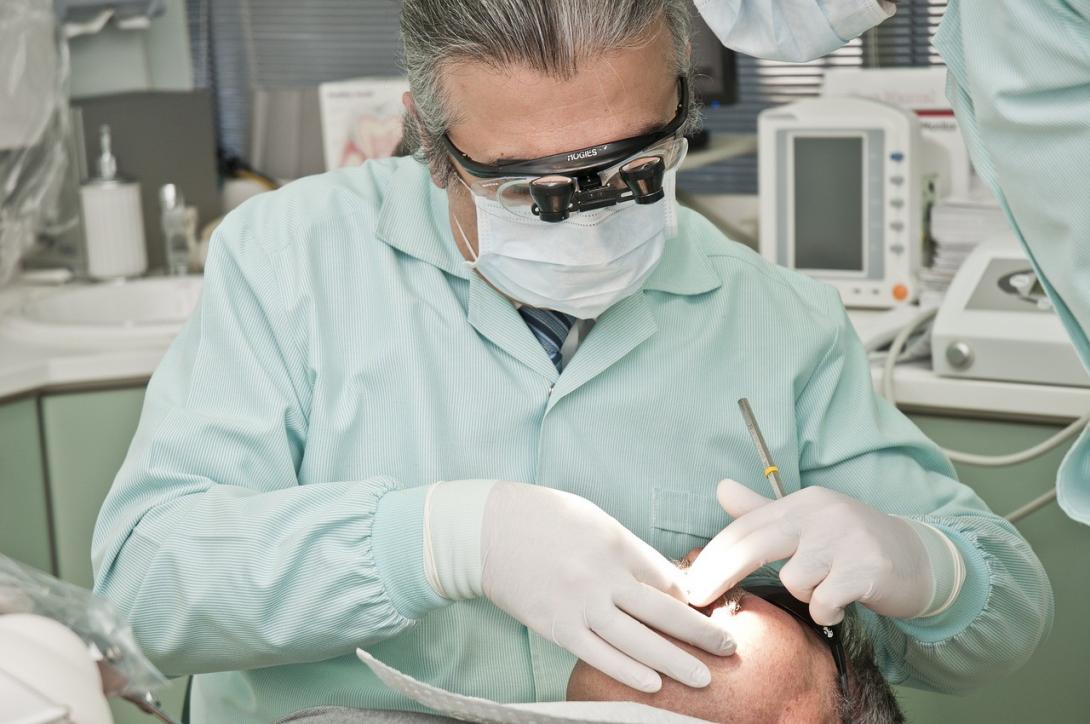
In February, Ralph M. (Mike) Shirtcliff published an opinion piece in The Lund Report against the creation of mid-level dental therapists. We’d like to offer a counter opinion.
Many countries already utilize mid-level dental therapists and actually save costs. We anticipate that the use of mid-level dental providers in Oregon could provide excellent routine examinations, education and preliminary treatment of routine gum disease. If a “mid-level” is more accessible than a dentist for an initial assessment, those in need of further treatment could be referred to a higher level of care if needed.
Shirtcliff stated that mid-level practitioners mainly “apply Band Aids and write prescriptions.” This is absolutely not true. In fact, physician assistants play many roles, for example, in evaluation, diagnosis and surgery. According to their scope of practice in the area of surgery, surgical physician assistants usually perform certain surgical procedures on their own, such as putting in chest tubes, cutting and draining abscesses, as well as working as a part of a the surgeon/anesthesiologist/nursing team. In orthopedics, besides assisting a doctor with surgeries on broken hips and other bones orthopedic physician assistants help reduce dislocated bones, make and remove casts and perform live imaging procedures like fluoroscopy.
Of course a new, mid-level dental provider would need additional training, as in any expanded practice. And in medical practices, mid-level providers (nurse practitioners and physician assistants) can assess many of the common conditions seen within that practice, and can (within the defined scope of their practice) initiate treatment. They can also perform the “well-patient” care encompassed in recommended routine physical examinations, often doing a better job at health education than a harried physician.
According to Shirtcliff, a cavity is caused by an infectious process called caries. The cavity is the result of the infection, not the disease. He further states that the infection is passed from the primary caregiver, usually the mother, in the first 6 months of the child’s life. The disease can be controlled but rarely prevented with normal means in the restorative/surgical paradigm. Fixing the results of the infection, the cavity, does not eliminate the infection. But he does not say what his particular group of dentists is doing to prevent infections. It is unlikely that the need for what he calls “drillers” will disappear soon.
The medical community already does a lot to address dental health, provide fluoride treatments and discuss diet with their patients. Unfortunately, changes in diet and dental care habits are not going to happen quickly. We don’t foresee the elimination of the need for repair of dental caries in the near future. Shirtcliff says that there is a medicine that can stop the infection in the cavity but also in the rest of the mouth but he does not state the name of this medication. Why has this medication not eliminated the cavities that people are still getting?
Shirtcliff also said a prior authorization process to manage referrals and expensive procedures would be beneficial and reduce demand. We have seen that the prior authorization process can also be another obstacle for patients who must wait for important and often critical procedures. Sometimes, these procedures would not even take place, even if they are necessary.
A quote by Nicholas Kristof from the the Sunday New York Times on Feb. 22 is relevant:
“In my reporting, I’ve been struck by how much more widespread dental pain is in America than in other countries. Some 74 million Americans don’t have dental coverage, about four times as many as lack medical insurance. When their teeth rot, they suffer constant excruciating, debilitating pain that should be unfathomable in a country as rich as ours.”
Sadly, health professionals are part of the problem. Dentists have fought the licensing of dental therapists, who can perform simple procedures more cheaply. Doctor groups limit medical training and the use of qualified foreign physicians to keep prices high; that’s why there are fewer doctors per capita in the United States than in similar countries. As Case and Deaton wrote: “The industry that is supposed to improve our health is undermining it.”
Although Shirtcliff states that he is in favor of collaboration, we fail to see that effort in his comments. There is an opportunity to add mid-level providers to the profession to work more closely with the medical community and better serve patients.
Harriet Steinberg is a registered nurse who has a private coaching practice. She can be reached at [email protected].
Dr. Richard Steinberg is the founder and senior pediatrician at the Woodburn Pediatric Clinic in Woodburn. He can be reached at [email protected].

